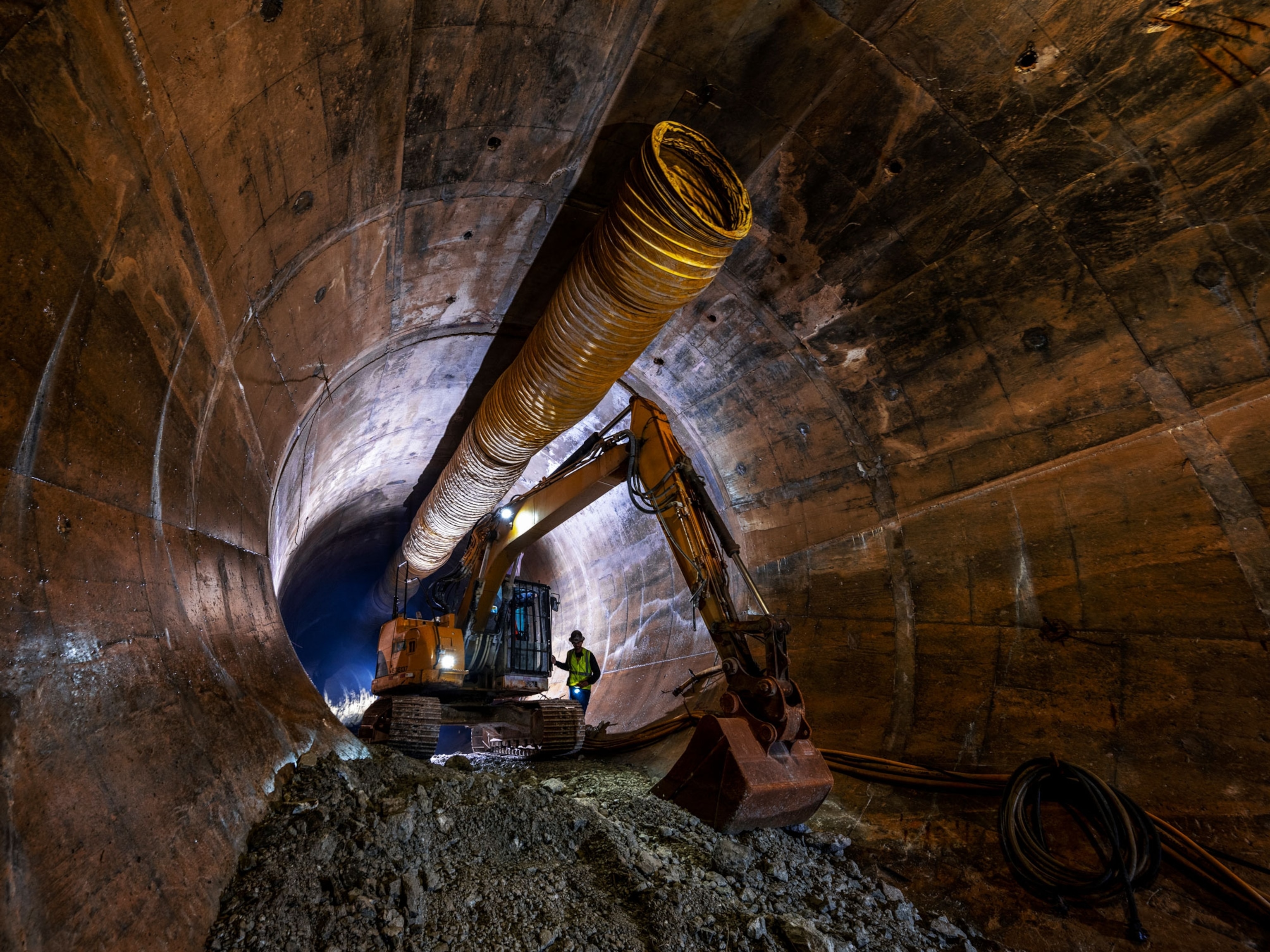
The delicate art of catching fog in the desert
How do you turn mist into usable water? See how scarcity inspires ingenuity in parched Lima, Peru.
During the gray, cloudy months of fall and winter, more than 100 green nets can be found on the outskirts of Lima, Peru, harvesting a surprising resource—fog.
The technique is elegant in its simplicity. As water vapor catches in vertical nets, it condenses into liquid water and drips into a holding tank. Consisting of just two poles and a nylon net, the contraption can be a significant source of water, collecting between 50 to 100 gallons daily.
For some, it’s the only way to collect this vital resource.
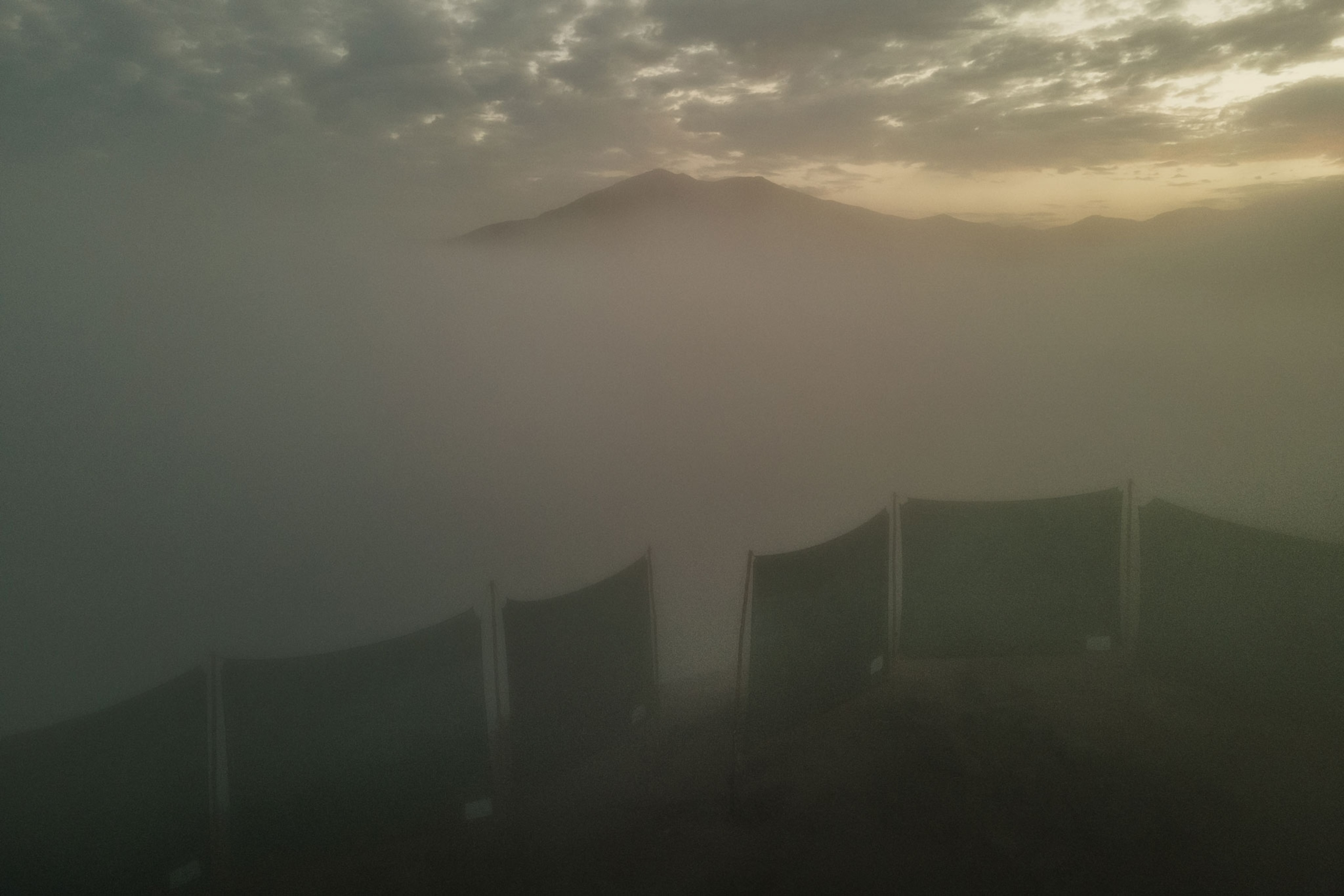
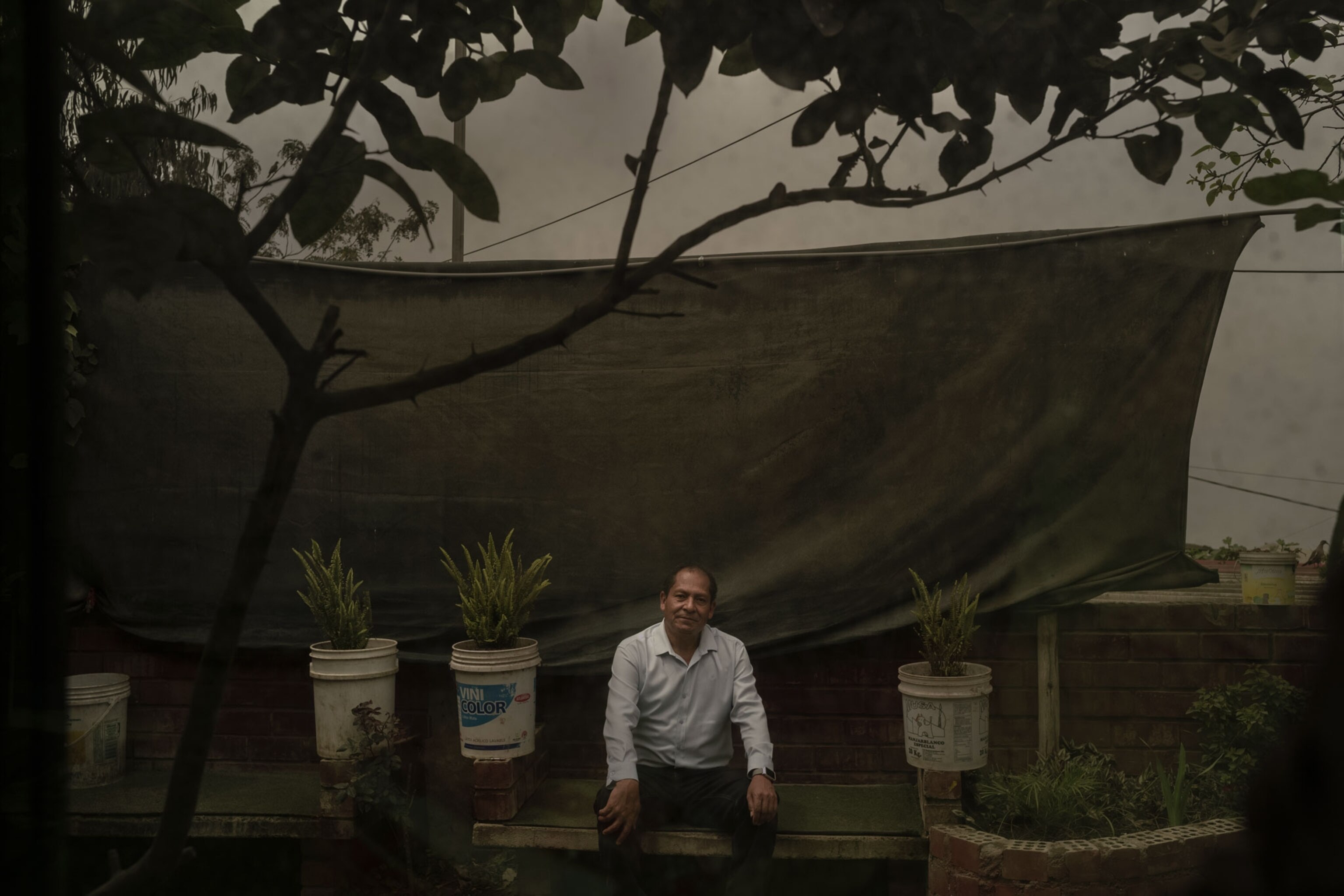
Lima, shrouded in coastal mist for half the year, is the second largest city ever built in a desert. And migrants living on the city’s outskirts lack access to the plumbing that delivers safe drinking water to the rest of the city.
In camps like these, trucks deliver potable water at a markup sometimes a thousand times more expensive than the cost of tap water in affluent parts of Lima. The water collected from fog nets isn’t potable, but it can be used for bathing or boiled for cooking, cutting down on how much water needs to be purchased.
It was a disparity that industrial engineer Abel Cruz noticed 20 years ago when he moved to a migrant settlement where water was scarce. Cruz began thinking about how to turn Lima’s misty air into usable water and now, as the president of the organization Movimiento Peruanos Sin Agua, he shares his homegrown strategy with others in need.
For photographer Alessandro Cinque, projects like these illustrate the kind of ingenuity water-scarce communities will need more of in the future.
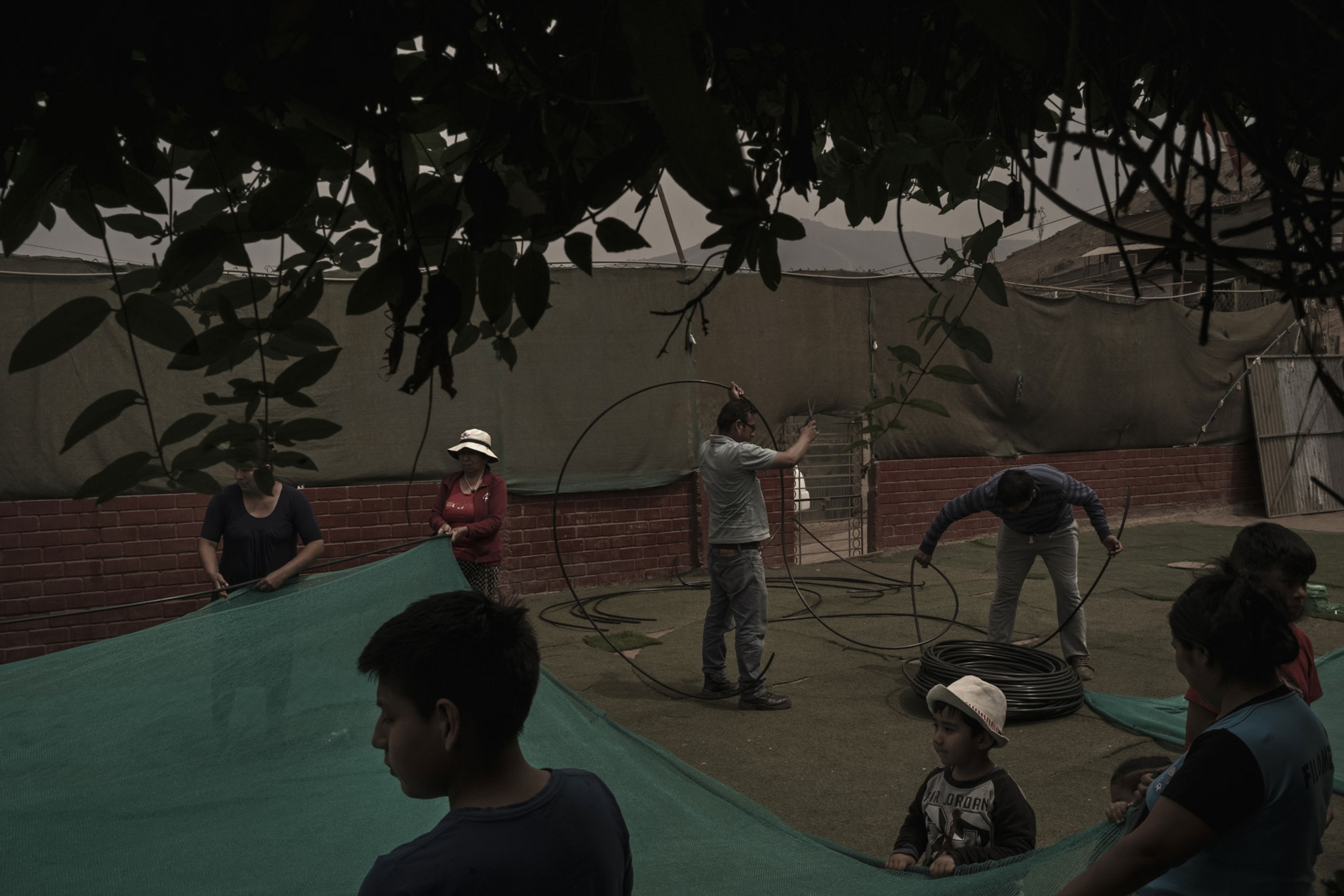
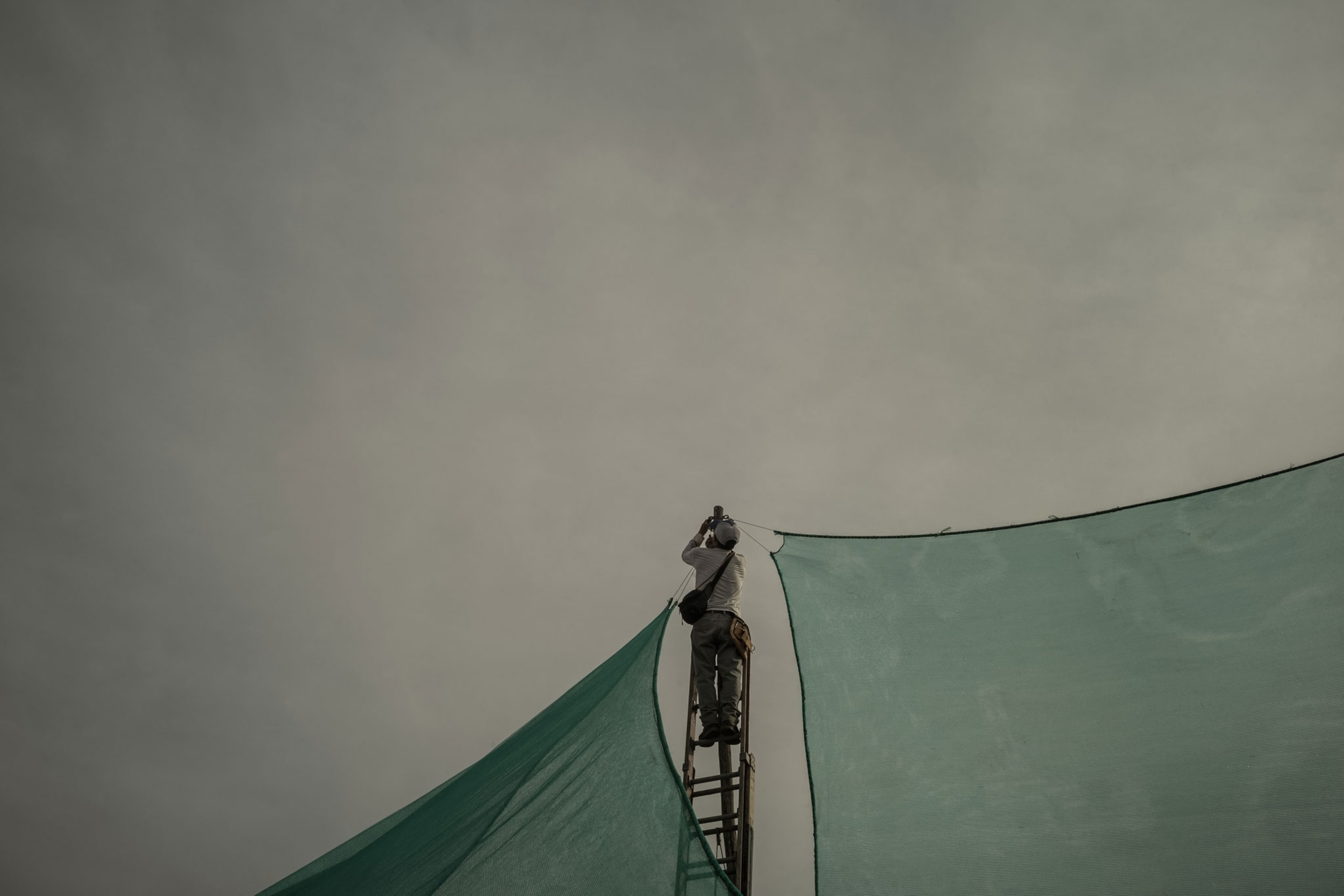
(See how Lima is using ancient technology to supply water during droughts.)
Fresh water is a dwindling resource. As climate change progresses, rainfall patterns are becoming less dependable. Cities from Cape Town, South Africa to Los Angeles are experiencing chronic drought. When rain does fall in these dry places, it’s more prone to deluge, a precipitation supercharged by a warmer atmosphere.
Today, about two-thirds of the world’s population experiences water scarcity for at least one month a year, according to the U.N., and by 2030, 700 million people might be forced to move to find water.
For Cinque, seeing the simple effectiveness of fog nets gave him hope that inexpensive tools can help people survive climate change.
“Seeing [the nets] from below reminded me of Catholic crosses on top of mountains,” he says. “I was surprised at how something so simple can really help people.”
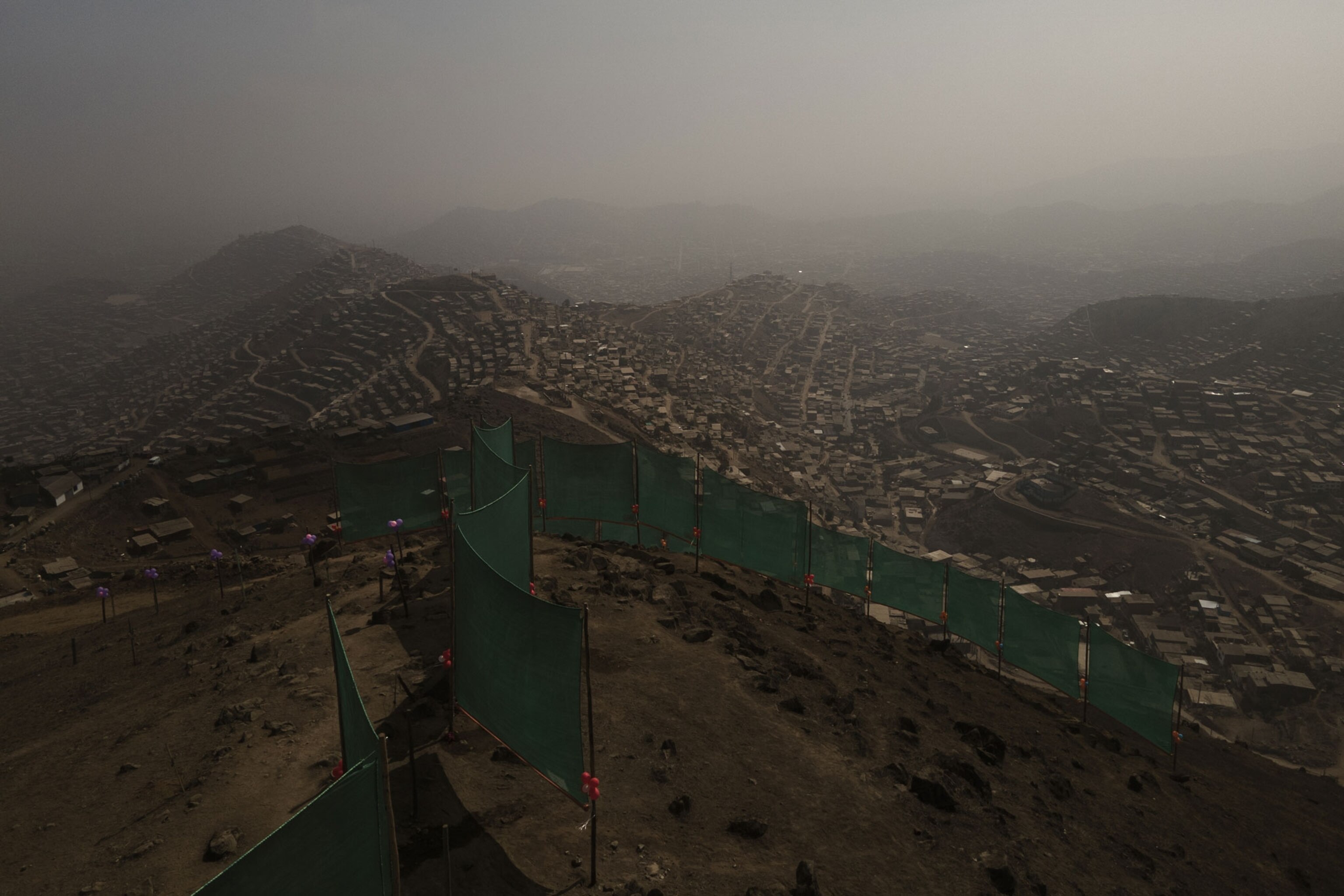

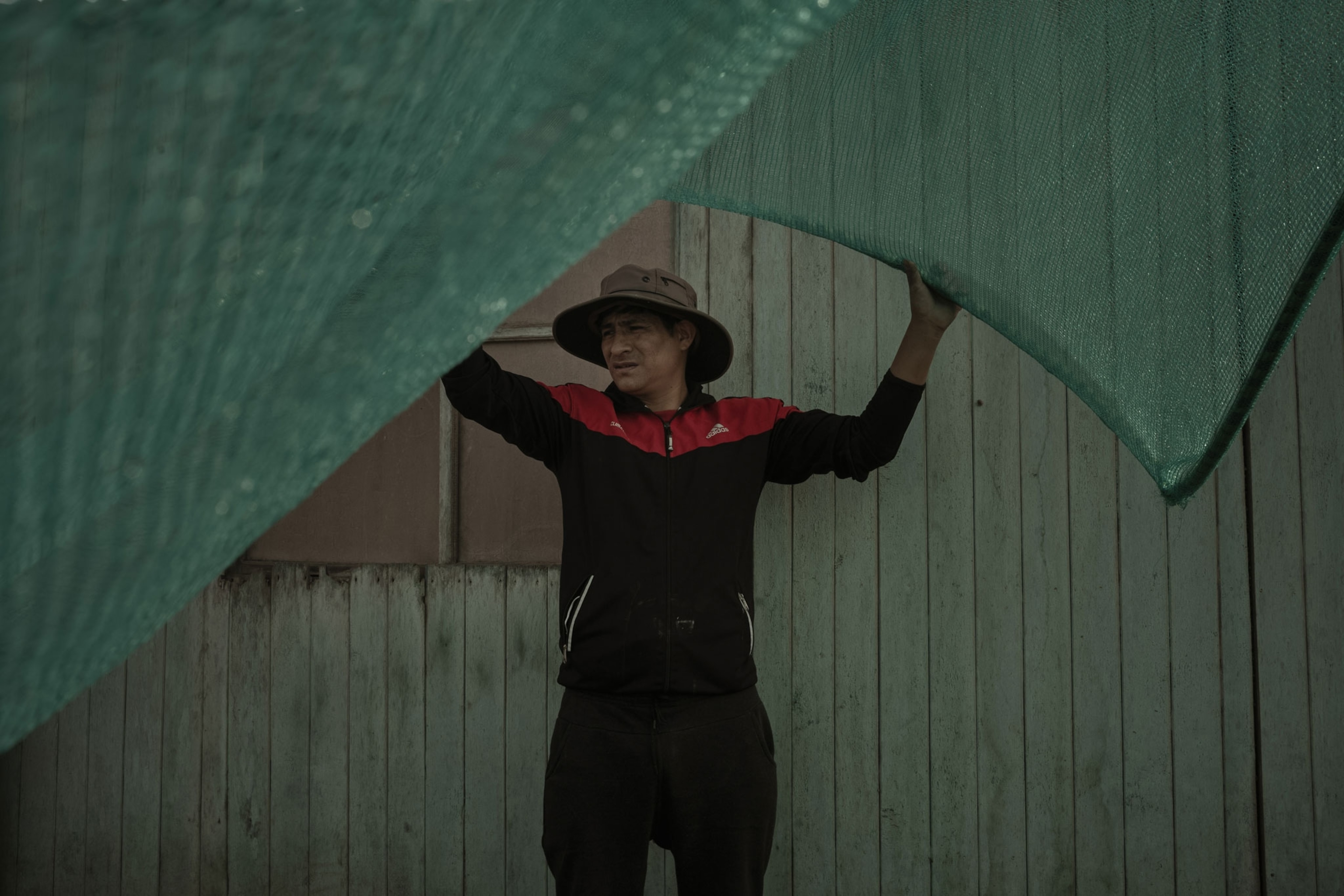
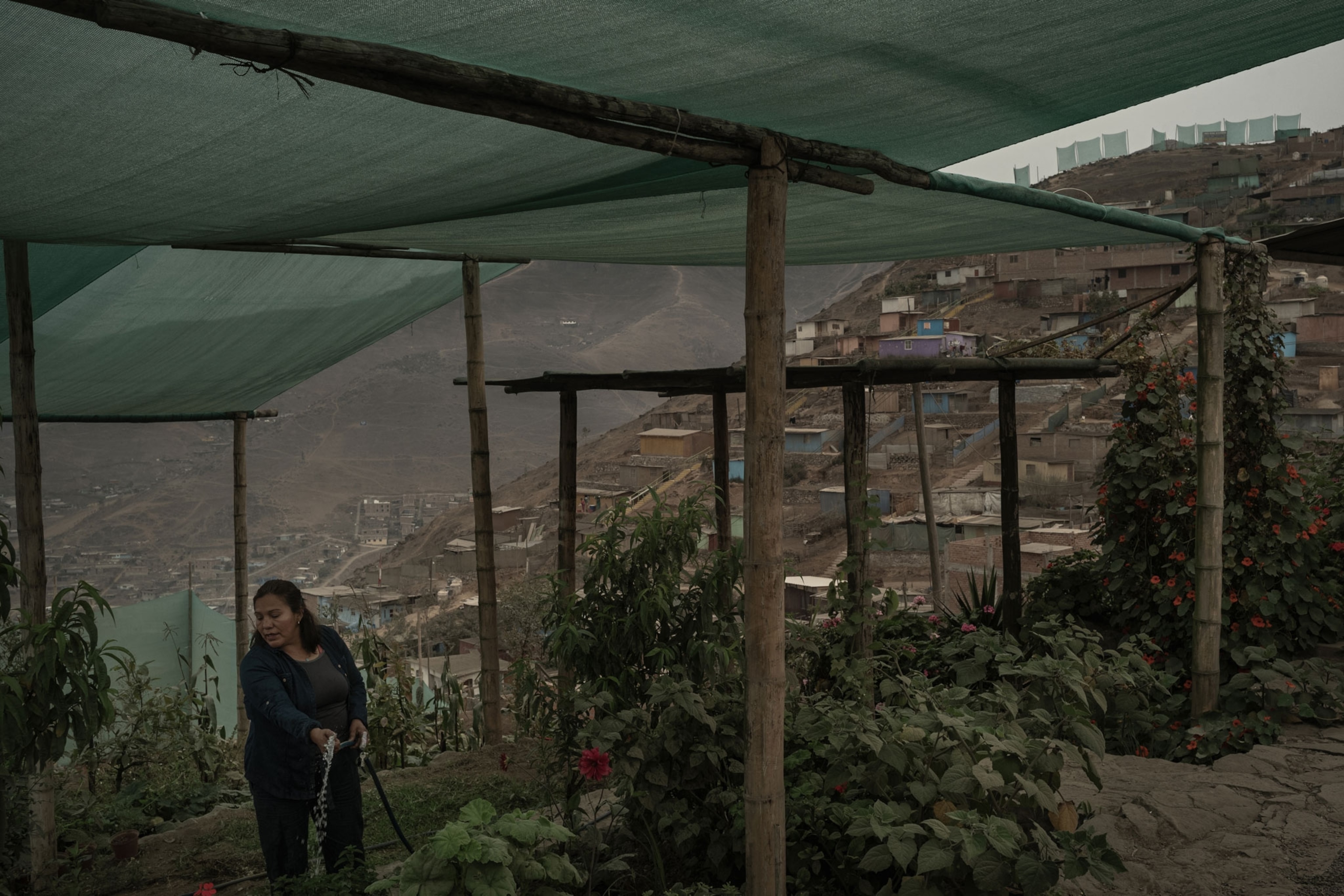
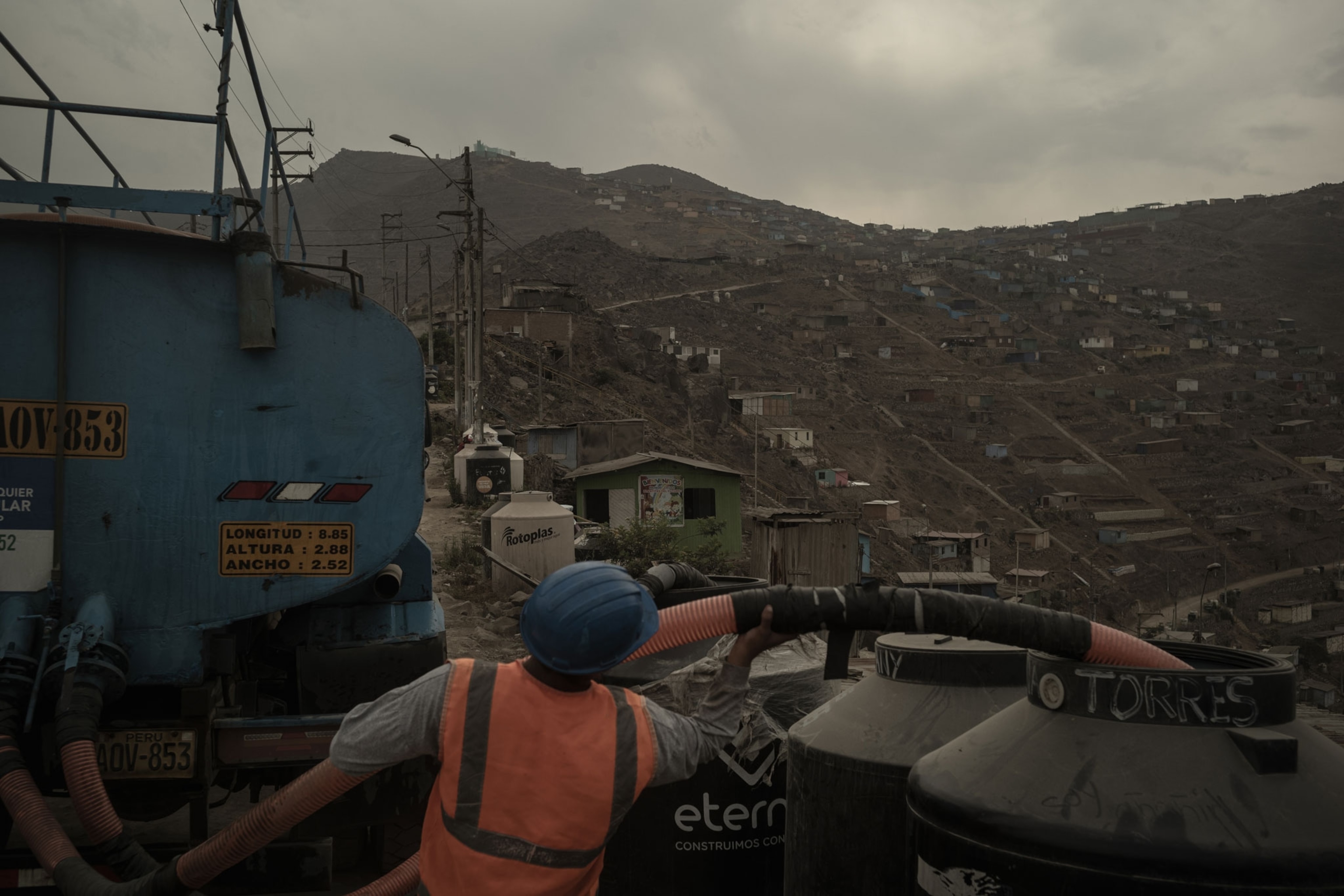
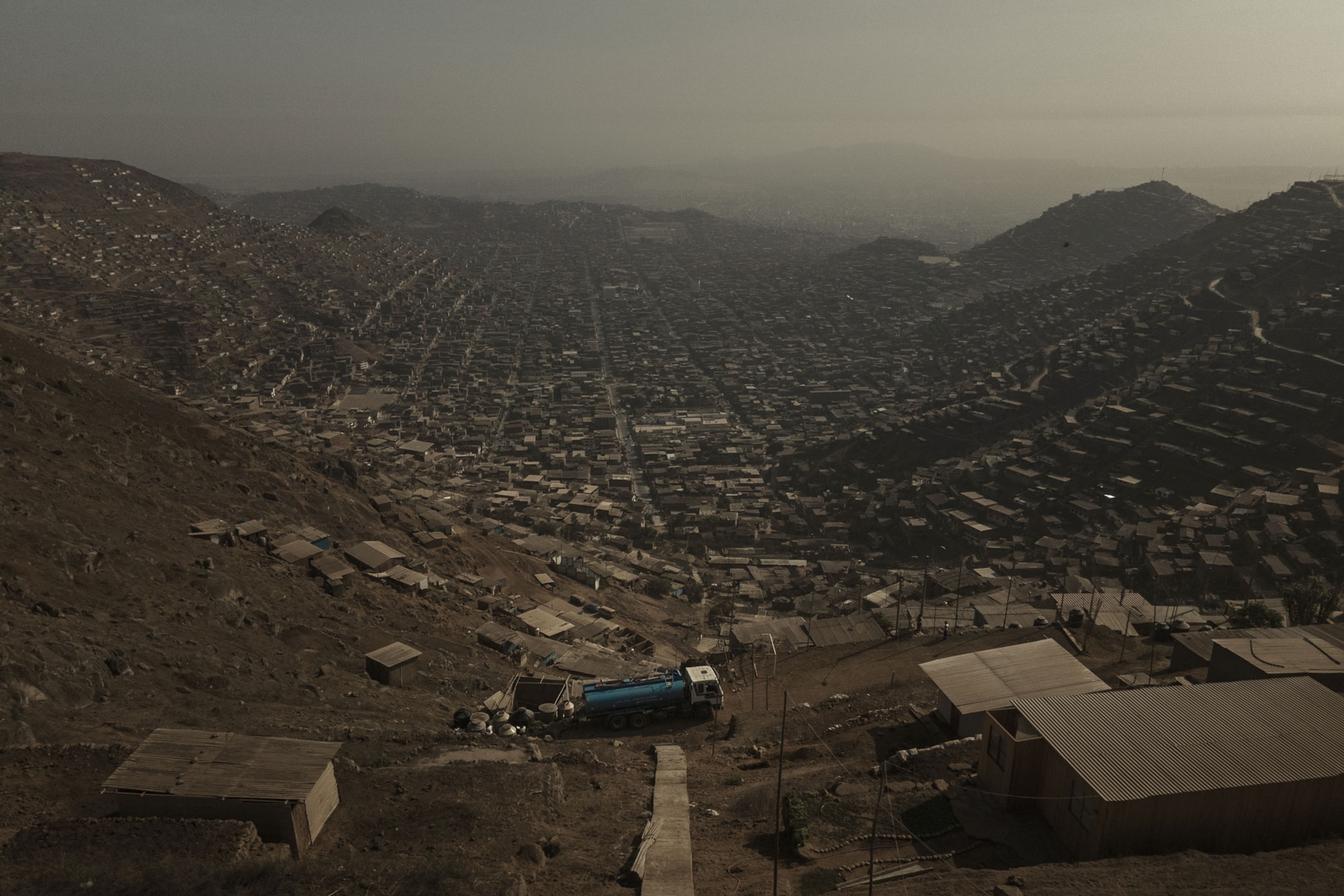
=

